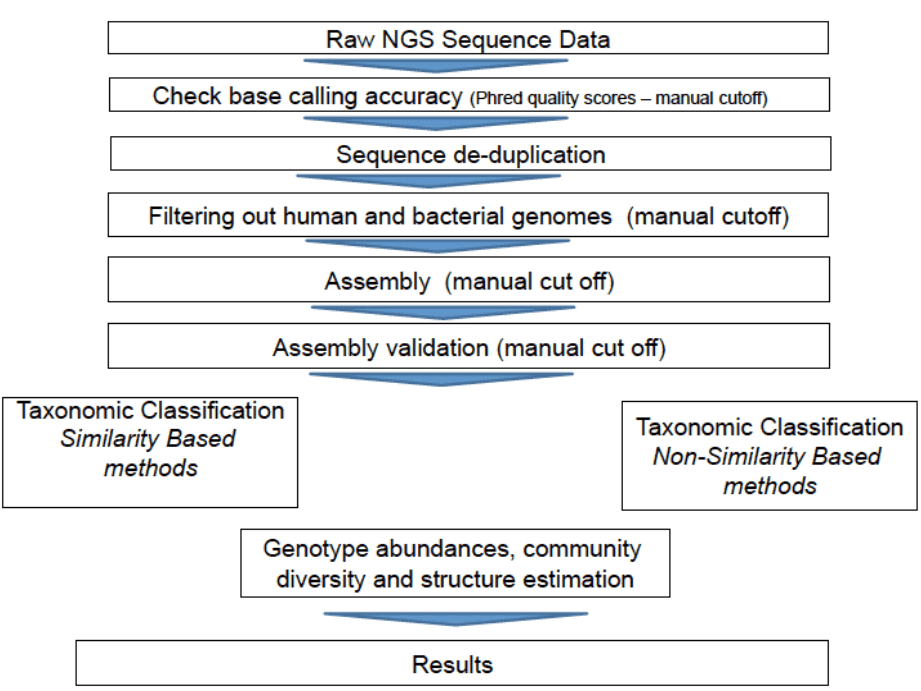Cardiac angiography is frequently checked as an indication of heart health. This long-standing imaging method represents the coronary arteries and where obstructions may hide. But is it enough?
Angiography is an excellent beginning to procedure ology and alerts us as to what may be happening regarding the more excellent picture with those arteries. Particularly for occluded vessels, this appears contrast-wise. That’s where the importance of coronary IVUS (Intravascular Ultrasound) comes into the picture.
So, an angiography will tell you that there is a block in the artery, yet it does not reveal to what extent. Partially occluded vessels can sometimes be misleading as they appear to have some blockage even though there could be hardly any or no opening left. IVUS is a neccessary second opinion, looking primarily at an army profile. This high-resolution imaging assists in grading the severity of the blockage, aiding cardiologists with an action plan.
The Limitations of Angiography Alone
For decades, the reference method to diagnose coronary artery disease was angiography. They can show where blockages occur and accurately indicate the plan for further intervention, such as putting a stent or doing bypass surgery. But, for occluded vessels, angiography sometimes just is not good enough. However, the images can be deceptive in cases of soft plaque or when calcification has already occurred within arteries.
Think of it as assessing a pond by how clear the surface water seems—a good metaphor for angiography. Based on this, we might think an occluded vessel appears “normal,” but the nuance is missing. That’s why the importance of coronary IVUS should be highlighted. It gives you a more detailed look, a 3-D picture of what the blockage looks like, and will help plan better treatments.
How IVUS Works: A Closer Look?
Then, how is IVUS doing its magic? It carries a small ultrasound probe into the coronary artery through a catheter. It releases sound waves that bounce back off the walls of your arteries and any blockages and this outlines a real-time picture based on these reflections. It demonstrates artery wall thickness, plaque composition, and obstruction severity.
IVUS offers significant benefits for patients dealing with occluded vessels. The tool tells us where the blockage is and what it consists of. Different plaque types need other treatments, which is why it matters. Regular medication might be sufficient to treat a soft, fatty plaque that has gone undetected until about 70 percent please obstructed the vessel, whilst a hard calcified mass on your blood vessel may require more ‘invasive’ interventional treatment.
The Role of IVUS in Complex Cases
Angiography fails to provide all the information IVUS does, so it is unclear whether or when only angiograms should be stopped. Angiography, for instance, this technique can provide a snapshot of what appears to be a partially blocked vessel in the case of complex blockages/ occluded vessels. However, IVUS may show that the artery is on the verge of being totally blocked, so a more immediate treatment would be necessary.
At times, the importance of coronary IVUS goes beyond a diagnosis. It might also direct the course of treatment itself. For example, when a stent is placed inside the blood vessel, sometimes we must guarantee an optimal and complete expansion of this stent instead of the arterial wall – complications may result from mispositioning. If an IVUS is unavailable, the stent may not reach entirely across a lesion and leave flow-limiting narrowing at both ends.
IVUS vs. OCT: What’s the Difference?
Some of you may have heard the term OCT alongside IVUS regarding imaging technology. Although both methods provide detailed images of the coronary arteries, each has distinct advantages and disadvantages. By having the capability to produce high-quality photos, OCT replaces sound waves with light waves when creating images. On the other hand, OCT needs to have explicit pictures taken of blood in the artery due to flushing it by contrast every time, and this limitation can be a problem for some patients.
IVUS remains superior for occluded vessels. It does not need dye to be washed out, with less of that same contrast passing through the patient’s kidneys. It can improve it in complicated cases, especially among patients with kidney issues or intolerance to high volumes of color. Further, compared to OCT, the utility and safety of coronary IVUS also means that it understands the necessity.
Real-World Impact: Case Studies Highlighting IVUS Success
Many clinical case studies have described the significantly elevated antegrade CSR pressure of EC-IC bypass in occluded vessels artery disease. On some occasions, such as those in which angiography resulted only mildly obstructed arteries, the corresponding IVUS images depicted severe or complex plaques that necessitated prompt treatment. In other cases, IVUS prevented unnecessary procedures by identifying an apparent high-risk blockage as less significant.
These clinical uses underscore the importance of coronary IVUS in contemporary cardiology. You want to know what’s in there and what’s going on inside those arteries. Treatment outcomes are often far better when these factors can be analysed, illuminating precisely what the patient faces and how best to treat them.
The Future of Coronary Imaging: Where Does IVUS Fit?
Over time and as medical technology develops, the role of IVUS in the diagnosis, prognosis, and management of coronary artery disease is sure to expand. It does not prevent angiography, but many holes are left in knowledge if one looks at the diagnosis and treatment of complex, occluded vessels or multi-faceted ones.
With increasing routine integration of IVUS, the importance of coronary IVUS is likely to grow. It will provide a unique perspective on coronary artery disease as the quality of representation continually improves with further advances in ultrasound technology. As a result, more heart disease patients will receive accurate diagnoses and treatment plans that are adjusted to their own care needs, leading to better outcomes with lower incidences of complications such as myocardial infarctions.
Integrating IVUS into Standard Practice: Challenges and Opportunities
The benefits of IVUS are apparent yet adopting it for standard care has its hurdles. IVUS is more resource-intensive and costlier than angiography, requiring specific equipment and trained personnel. However, these extra costs and training are acceptable due to the importance of coronary IVUS in guiding occluded vessel management.
Education awareness for the broad use of IVUS among cardiologists remains an opportunity. As more evidence emerges regarding the limitations of angiography alone and data continue to accrue in favor of IVUS, it will no doubt be a part of standard diagnostic workups for CAD soon enough – especially in cases with complex anatomy.
Conclusion
Angiography is the cornerstone of the coronary artery disease (CAD) management landscape. However, this may be problematic for patients with occluded vessels, as angiography only reveals so much. The importance of coronary IVUS in such cases is paramount. IVUS provides a large, volumetric view through the arteries and shows doctors just how occluded they are so that more appropriate treatment can be applied.
Through its unparalleled ability to provide insights no angiographic assessment can, IVUS is essential in ensuring patients receive such treatment. As technology advances, IVUS should play a growing role in caring for patients with occluded vessels and resulting outcomes. The future is looking brighter for patients battling coronary artery disease with IVUS available with cardiologists.
Click here to read more blogs.



